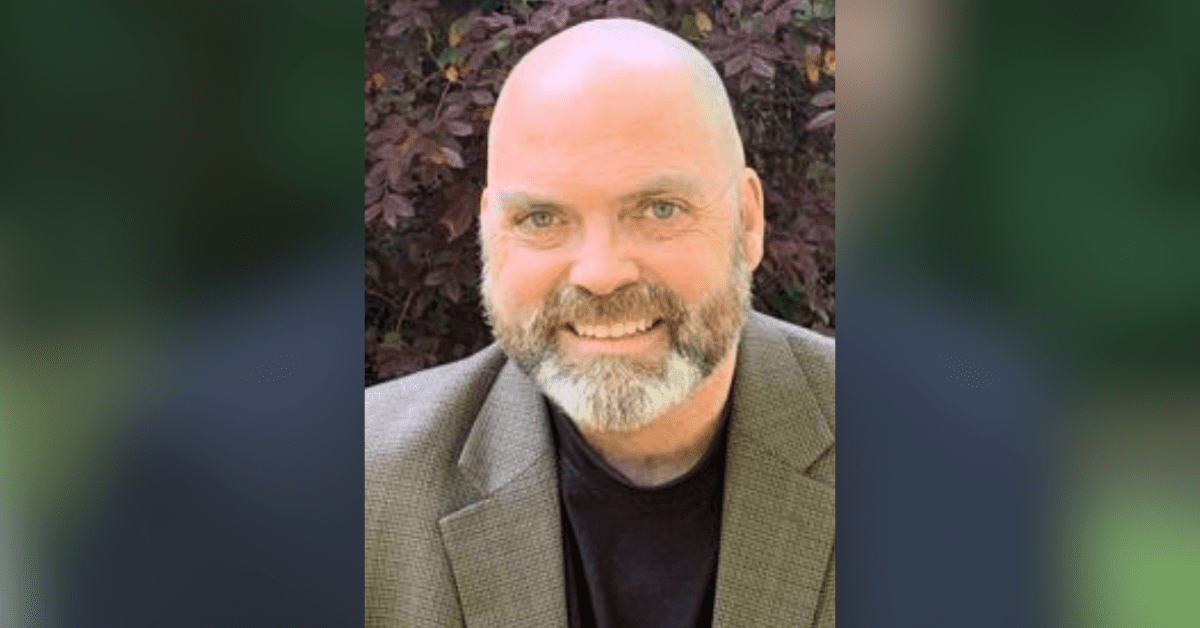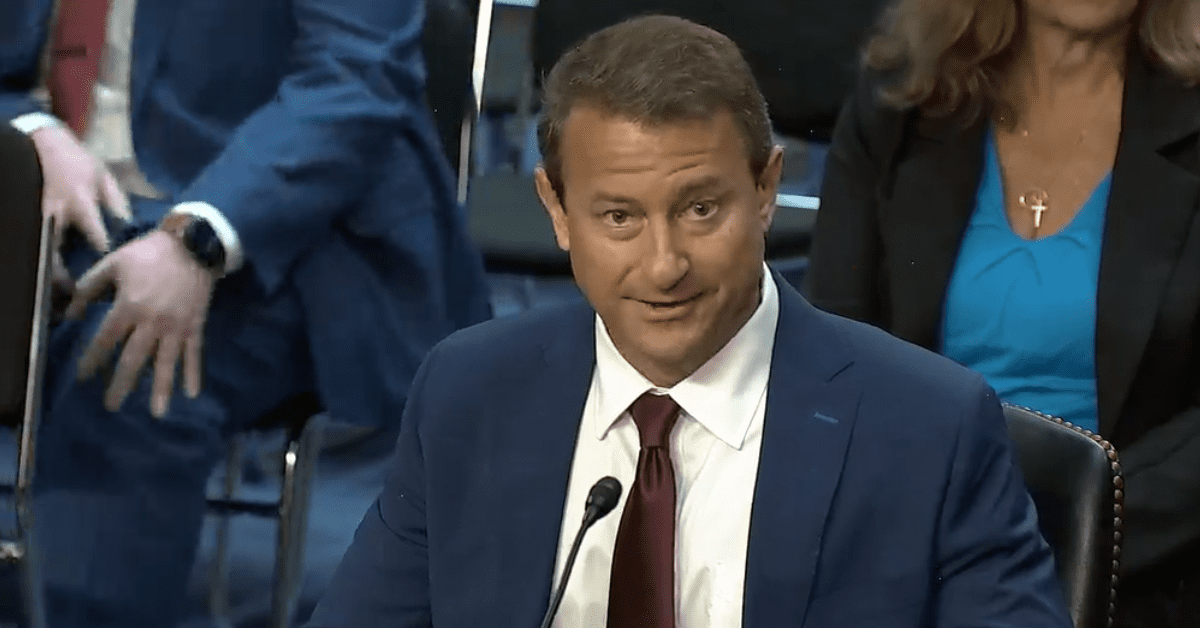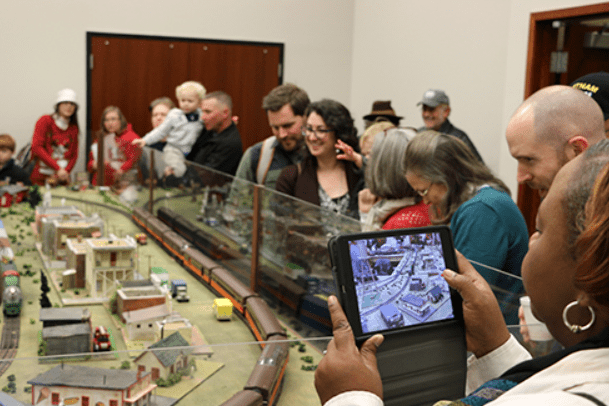
- Any model for prayer should major on worship.
While there seems to be a secularizing trend in the Western world, at least many in this country still pray.
New polling from Pew Research shows that 44% of U.S. adults affirm that they pray at least once a day, and an additional 23% say they pray weekly or a few times a month. In other words, two-thirds of us pray with some regularity. Black Americans are most likely to pray daily (64%), women are more likely than men (50% vs. 37%), and the elderly are more consistent than younger generations.
Encouraging, right?
I’m not so sure.
I am mindful of Jerry Falwell, who led the nation in patriotic religious fervor during the year running up to the American bicentennial in 1976. In ensuing years, he lamented that the nation hadn’t experienced the revival we all prayed for. He thought he knew why: we were too busy seeking His hand and not His face.
In other words, it is not enough to pray; we need to pray aright. Scripture asserts as much. A sampling:
“You ask and do not receive, because you ask wrongly, to spend it on your passions.” (James 4:30)
“And the Lord said: “Because this people draw near with their mouth and honor me with their lips, while their hearts are far from me…” (Isaiah 29:13)
Bronislaw Malinowski, in his anthropological work on the Trobriand Islands, differentiated between magic and religion. In part, magic turned attention to deity to get what they wanted – pray the right way, do the right ritual, articulate the appropriate incantation, and receive the result that you desire. Religion, on the other hand, involved worship, praise, and adoration toward deities. Submission to divine will was a given.
Malinowski was no evangelical, but his observation should prompt an important question: When two-thirds of us are noted for praying, are we utilizing magic, or engaging in worship and submission?
At the seminary where I’m a professor, we encourage pastors and missionaries to teach their congregants the vital importance of a daily prayer life. The seminary students practice a devotional time of an hour a day in preparation for ministry. But I have learned that it is not enough to tell people they need to pray. They need training. They need to have a pattern.
Any model for prayer should major on worship. Perhaps the most utilized paradigm is A-C-T-S – an acronym for Adoration, Confession, Thanksgiving, and Supplication (or asking God for various requests). Investing significant moments on each of those emphases strengthens our relationship with God. But I suspect most pray-ers spend the vast majority of their time on the “S” part of that acronym. Asking God for help is the basis of most of our prayers.
I wonder if the Lord wouldn’t be far more pleased if we devoted more time to worship, praise, and adoration.
And concerning supplication – remember the prayer Jesus taught us? “Thy kingdom come, Thy will be done, on earth as it is in heaven.” One of the reasons for the amazing growth of the early church in Acts and beyond is that, for forty days after the Resurrection, Jesus taught His disciples about the Kingdom of God. The King’s will is what matters – the Great Commission and the Great Commandments.
Pray accordingly.
And they did.
And so should we.








